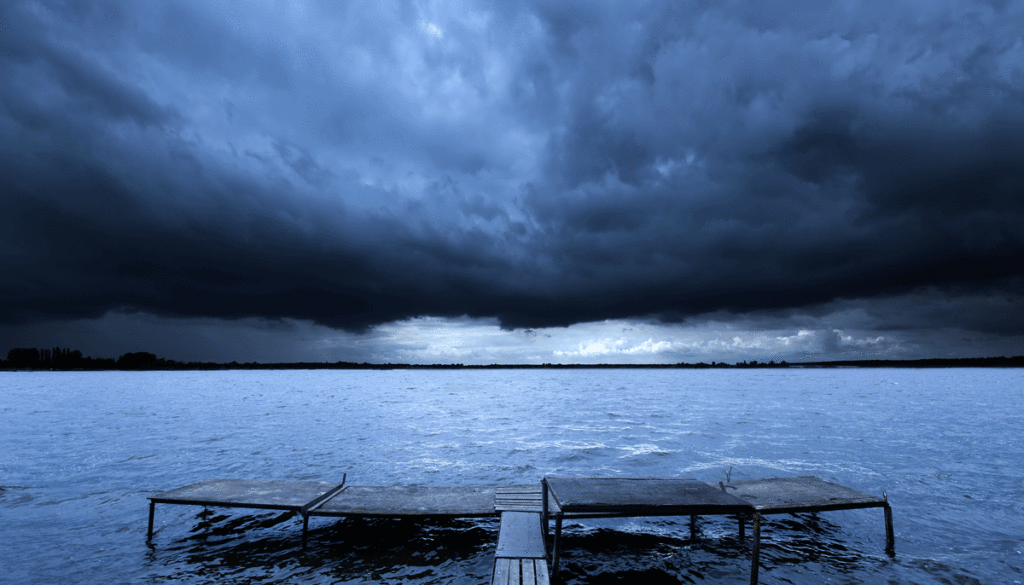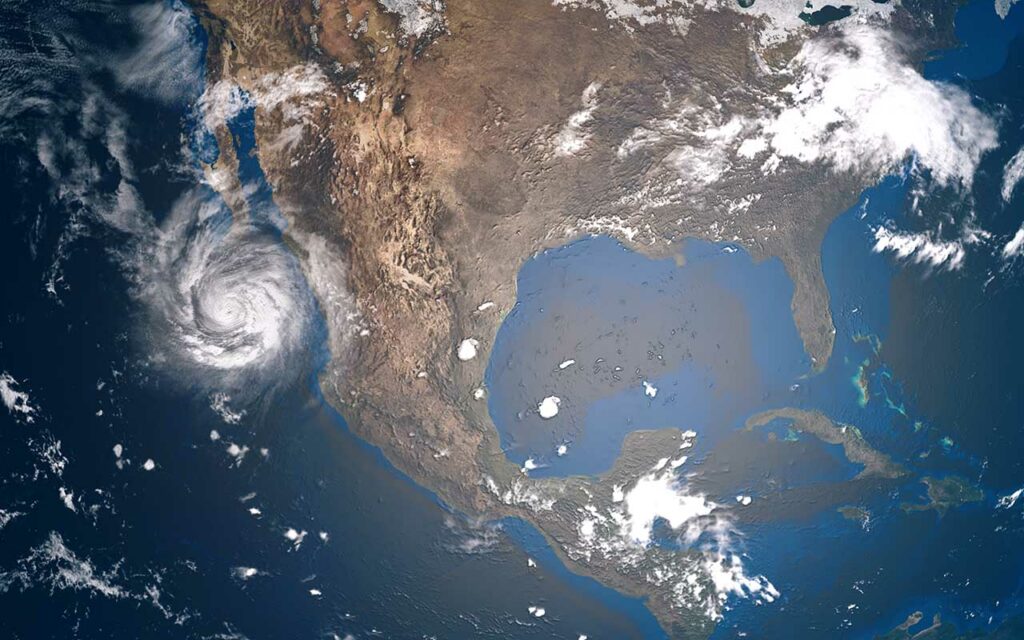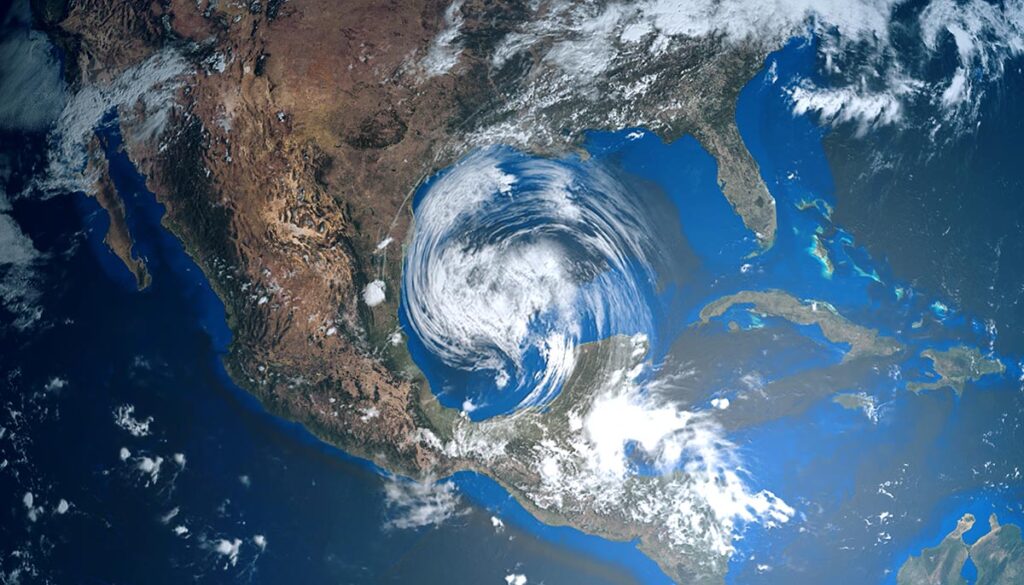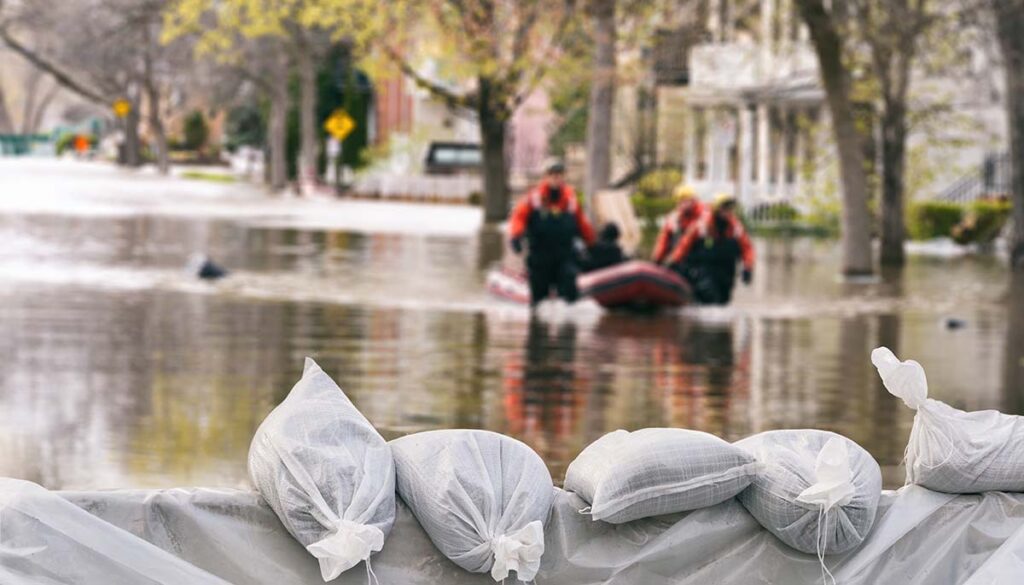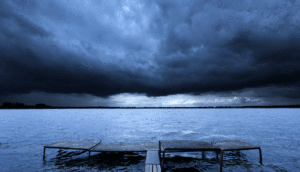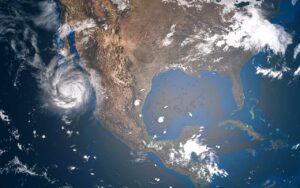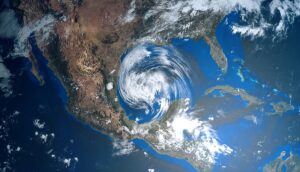If you believe the accounts of many ancient cultures telling of a great flood, then that was the only rainstorm heavier than the one in January 1980. Here’s the story of the heaviest verifiable rainstorm.
The “unverified” heaviest rainstorm on Earth
There are numerous flood stories and ancient history among many civilizations around the globe. And a logical question is: If so many different flood stories from various disconnected cultures worldwide exist, could a massive worldwide flood be a myth, or does it reflect reality?
If you said the biblical flood and the story of Noah in the Bible is the earliest flood story on Earth, you’d be wrong.
The Epic of Gilgamesh, a flood story from ancient Mesopotamia considered the oldest, predating the Bible. It is recorded on 12 stone tablets, and it is considered among the first pieces of literature in human history. Like the story of Noah, a man named Utnapishtim builds a ship called Preserver of Life loads his relatives and all the species of creatures aboard the vessel to save, PBS reported.
The Aztecs also had a flood story, as did the Greeks, Asians, Hindus, Buddhists, Norse, and Native Americans, with many of these also building vessels to survive.
Because ancient cultures have pervasive flood stories with similarities in their accounts, geologists have proposed the hypothesis that a great flood occurred in the Middle East at the end of the last Ice Age, around 7,000 years ago. They propose that the European glaciers melted, and the Mediterranean Sea overflowed with a force that was 200 times greater than Niagara Falls. They have physical evidence supporting this theory, including Stone Age structures under the Black Sea. Other theories suggest tsunamis.
The heaviest “verifiable” rainstorm on Earth
According to the Weather Channel, the heaviest rainstorms on Earth occur on La Réunion Island, a tiny French island about 500 miles east of Madagascar.
The heaviest verified rainstorm ever recorded was caused by tropical Cyclone Hyacinthe, which holds the worldwide record as the wettest tropical cyclone. The storm formed o January 15, 1980, and persisted until January 31. It reached maximum sustained winds of 80 mph and 10-minute sustained winds of 75 mph.
The storm lasted roughly two weeks, pouring out a deluge of up to 239.49 inches of rain in 15 days, equal to nearly 20 feet. Almost all the islands received a minimum of over 3.3 feet of precipitation.
The resulting flooding left 7 000 residents of the island homeless and killed 25 people. At least 2,000 homes were damaged or destroyed, crops received heavy damage, and total losses from the storm totaled $167 million.
Put in perspective, the amount of rain that occurred on the island in 15 days is more than triple the yearly average rainfall in Miami.
The massive downpour was the result of Tropical Cyclone Hyacinthe stalling out near the island. The island sits at a climatological location where Indian Ocean tropical cyclones pivot from a west-southwest track to a more south to southeast track, which is often a prolonged process.
The only other place on Earth that sees heavier rainstorms is India, which endures months-long soakings during the wet phase of the Asian monsoon season.

